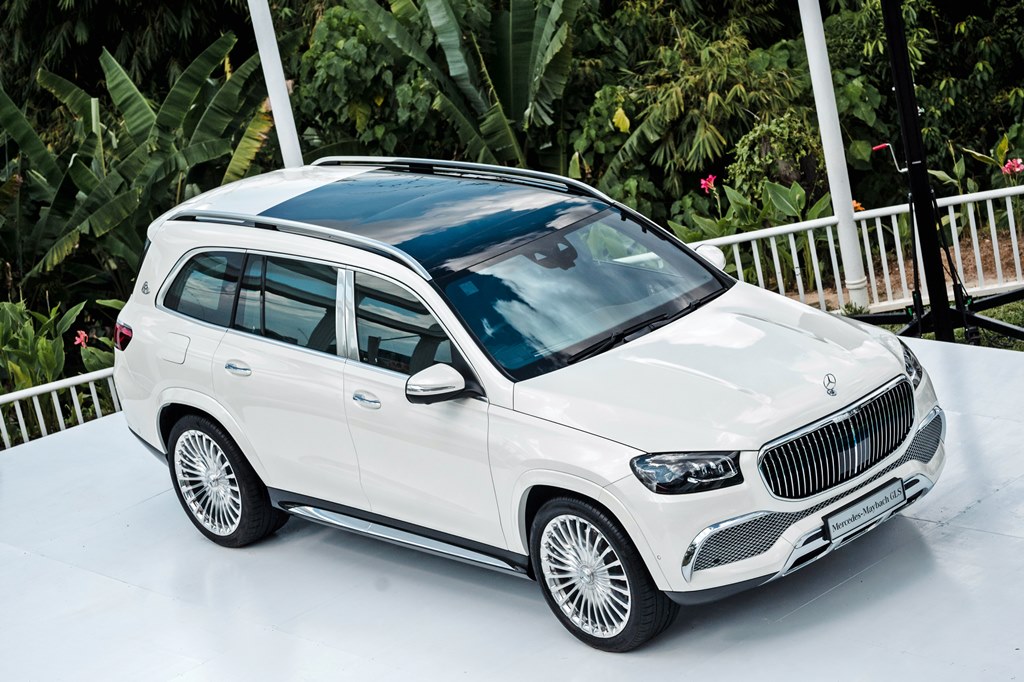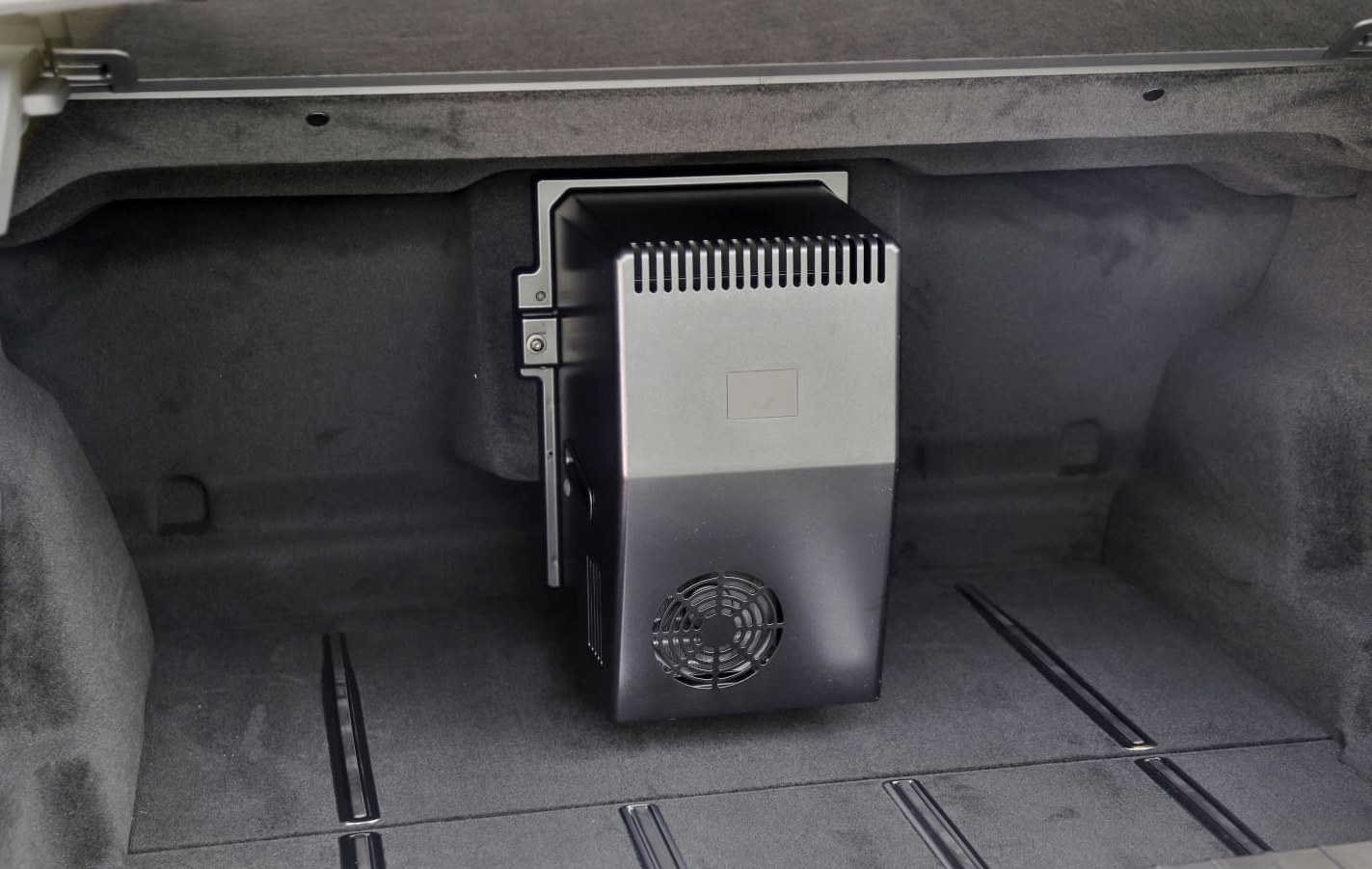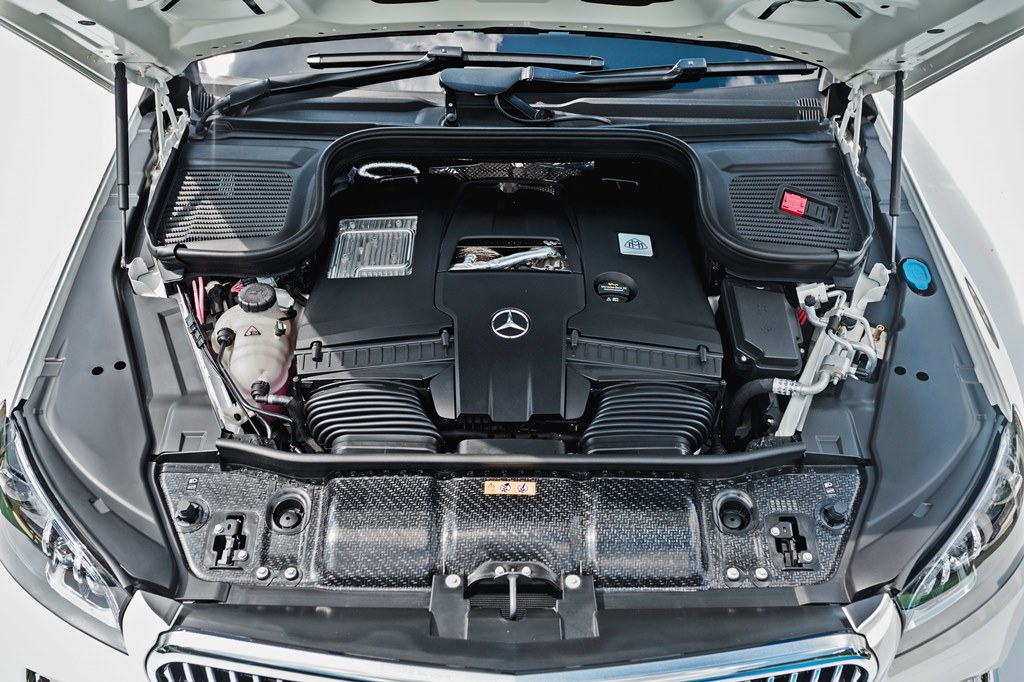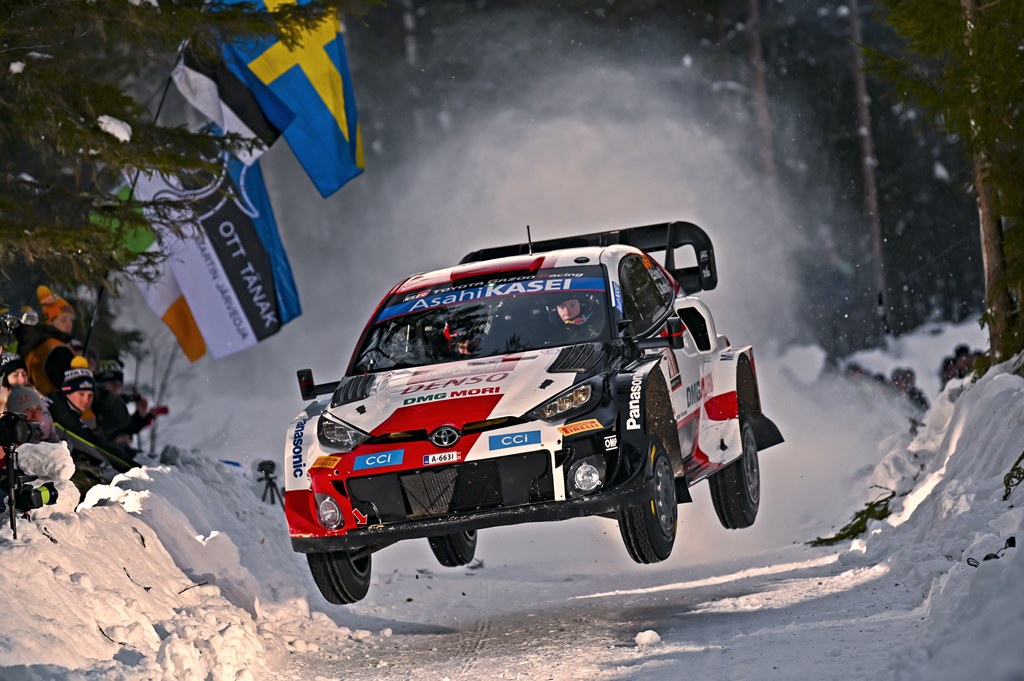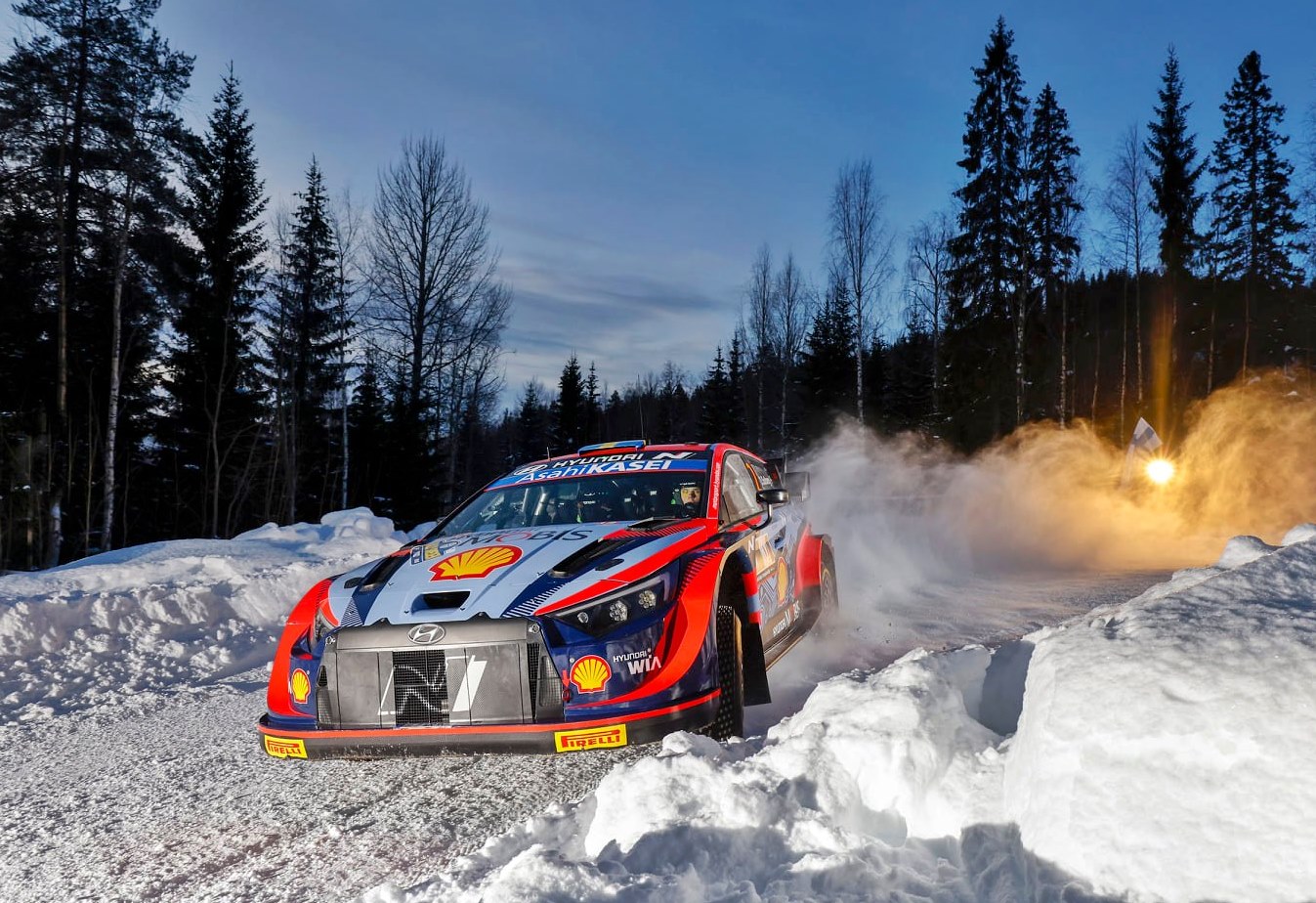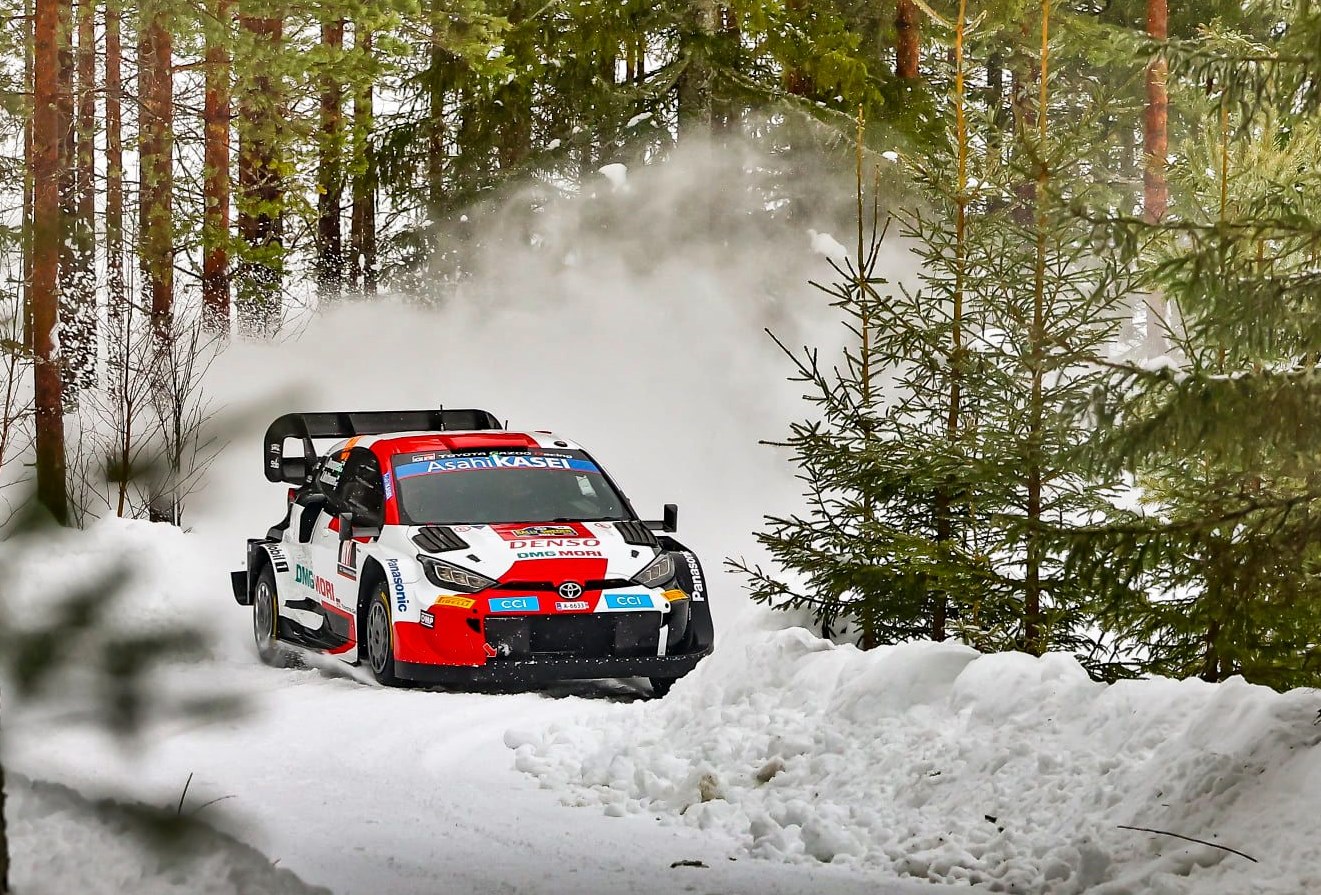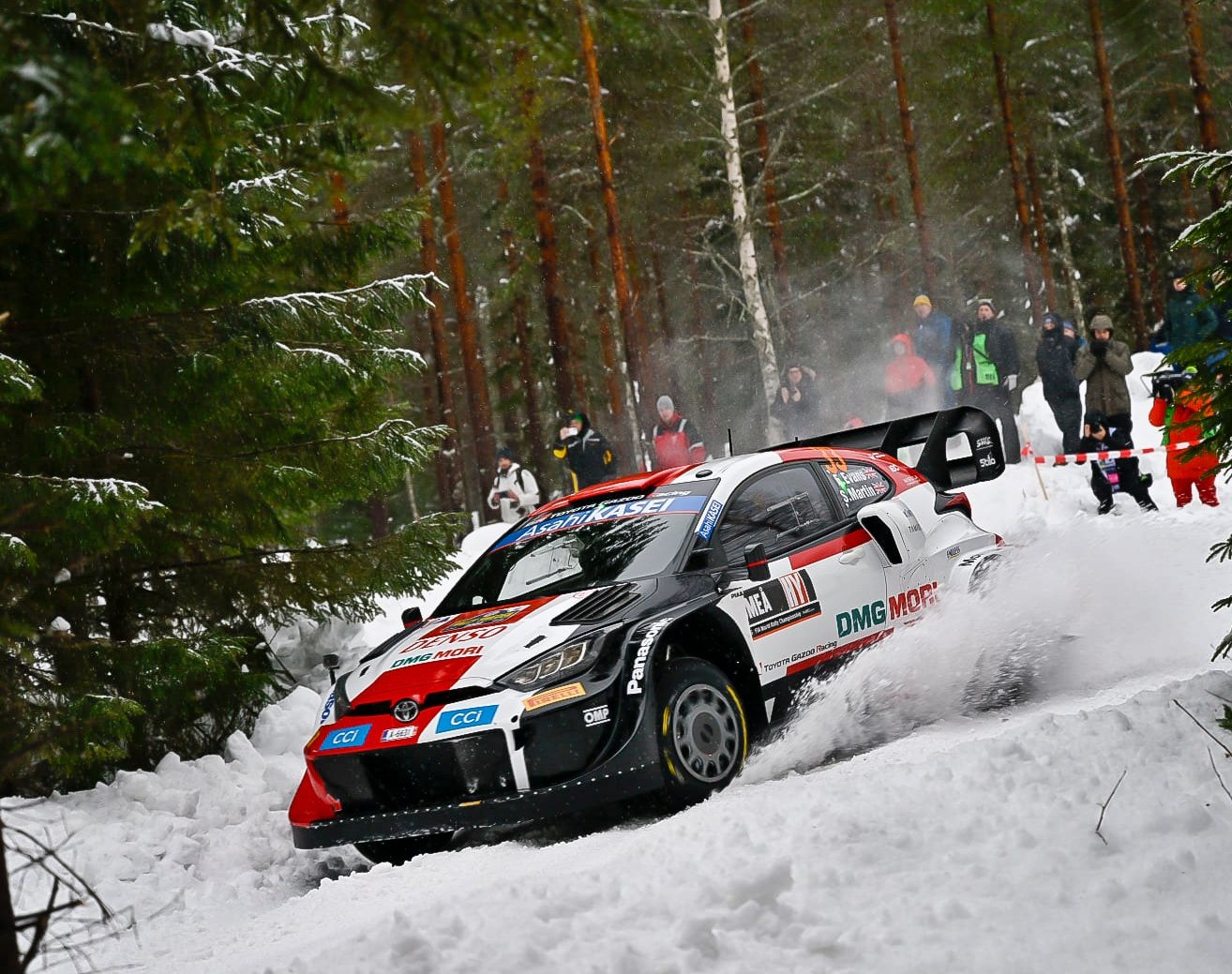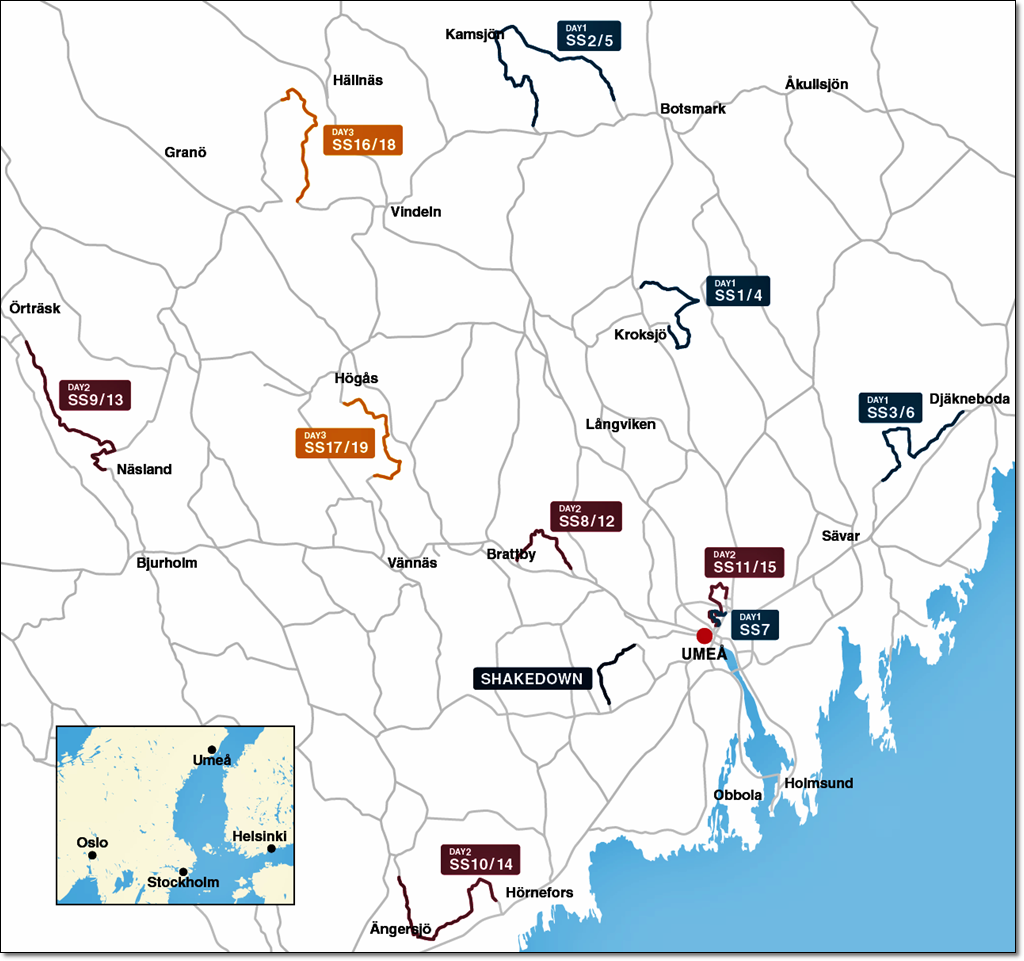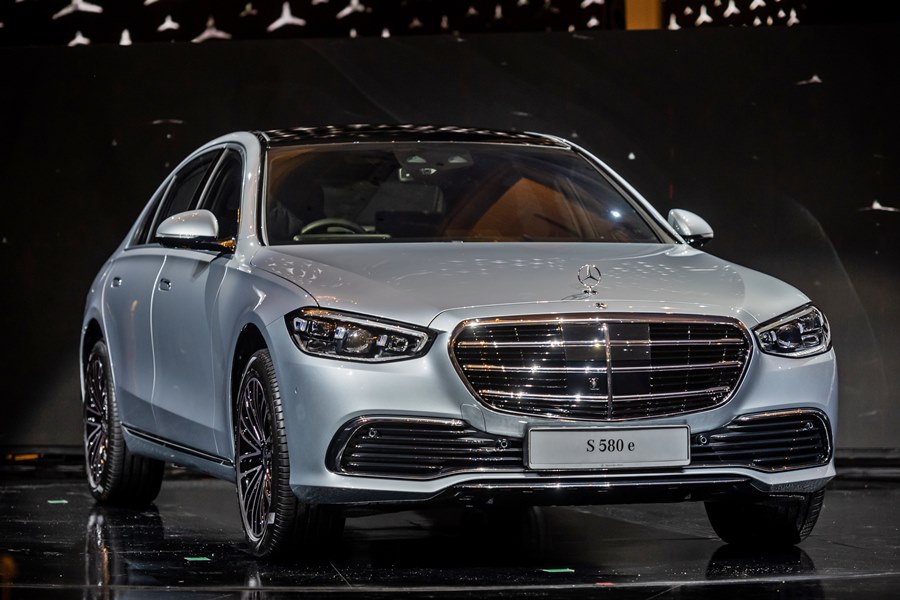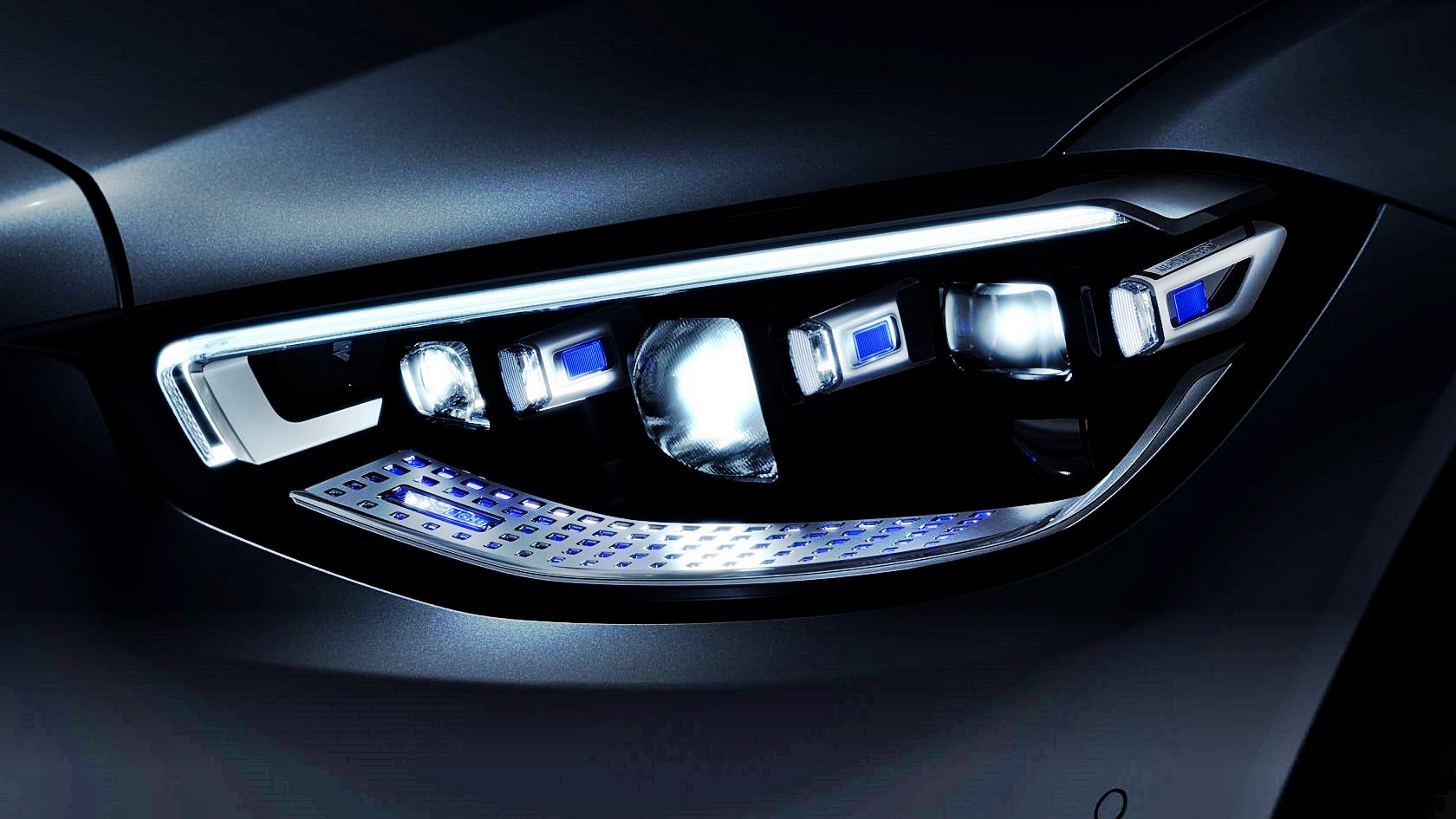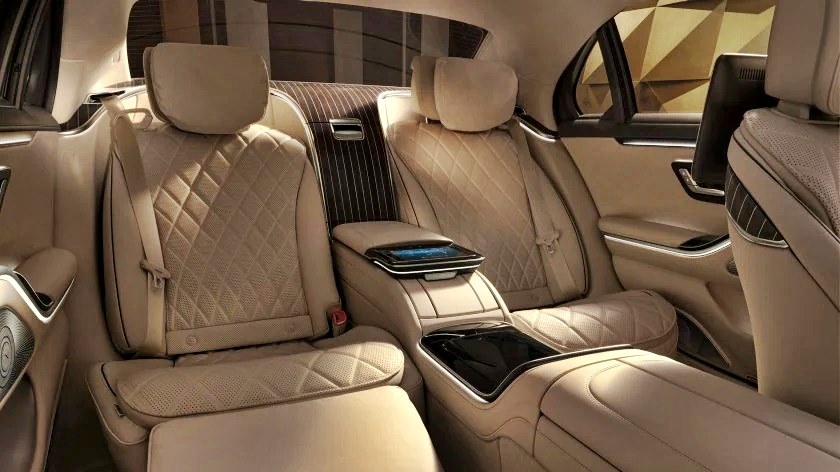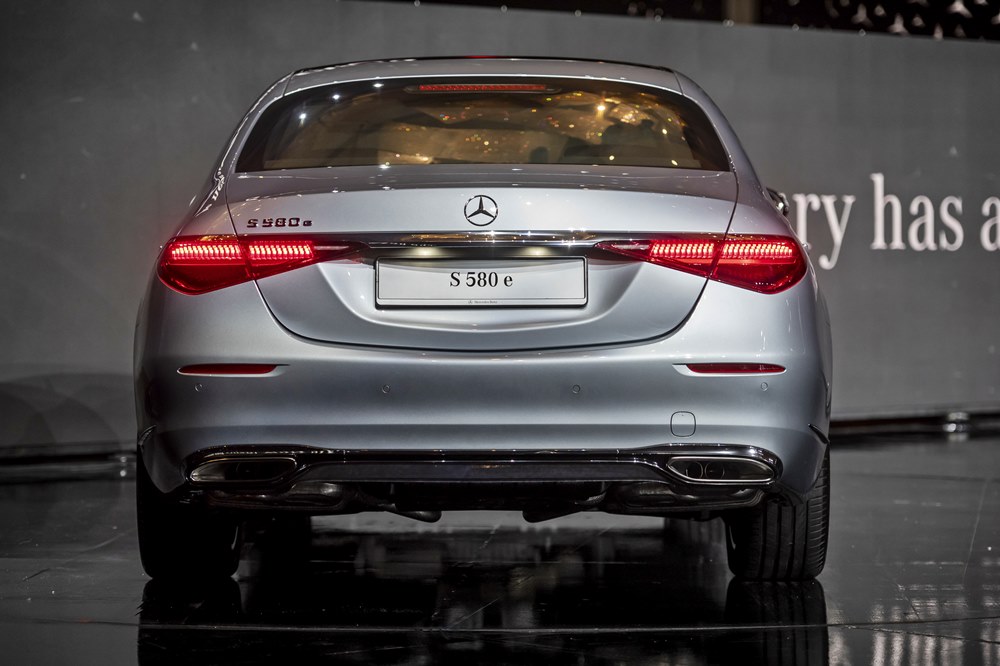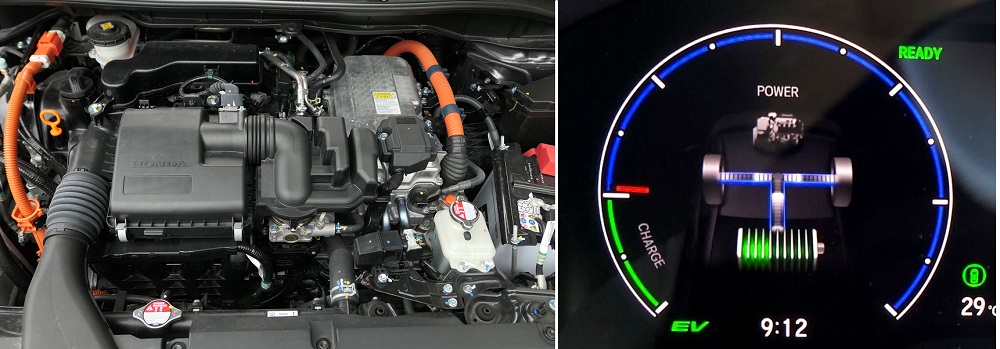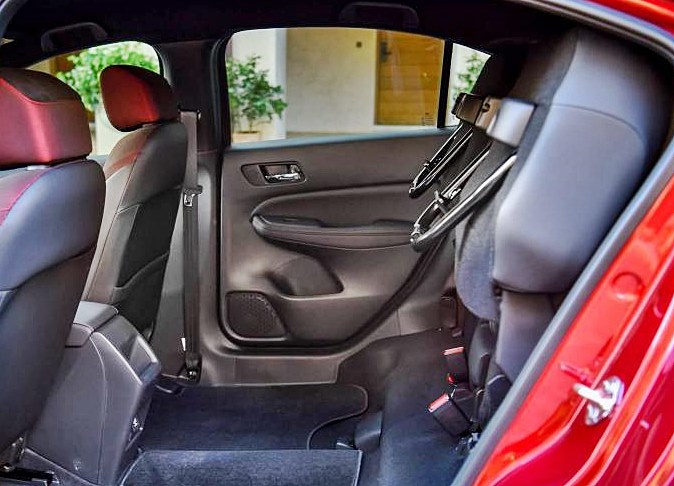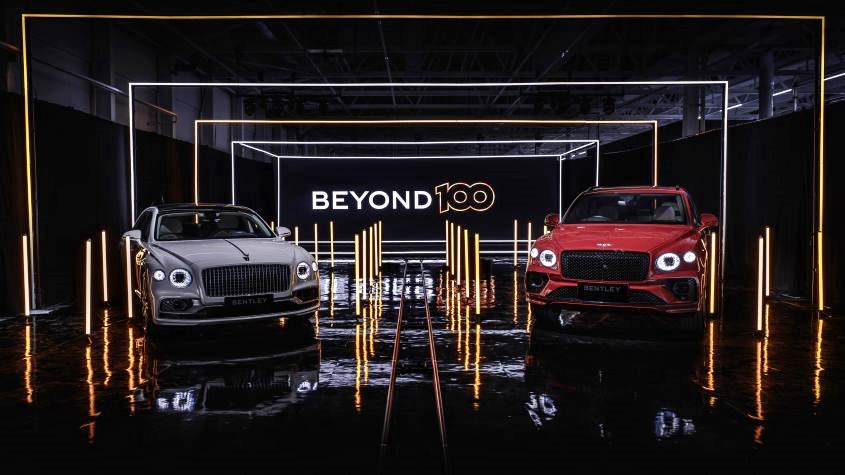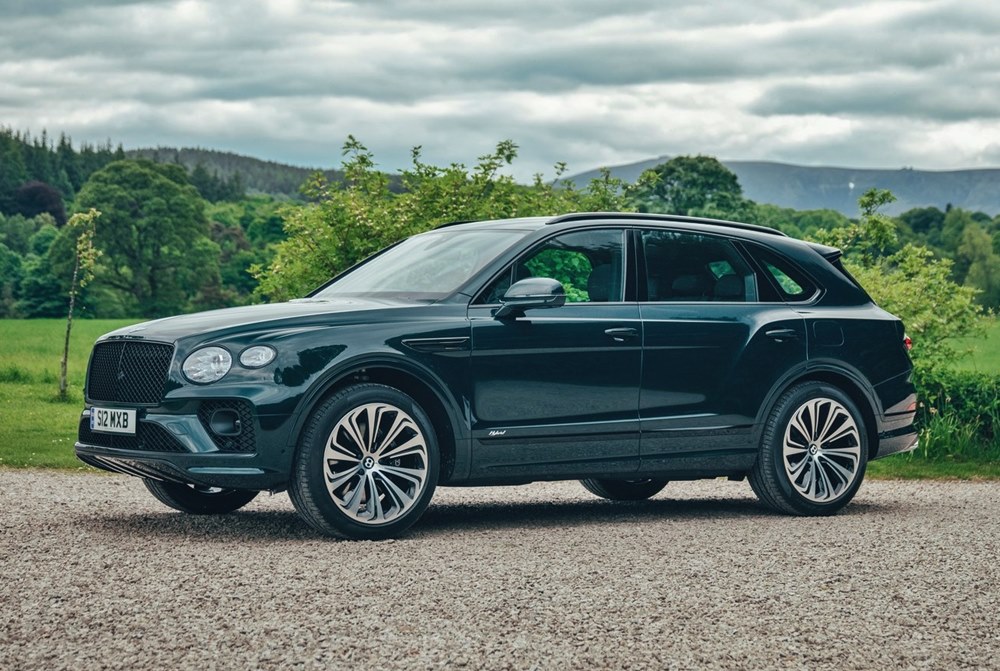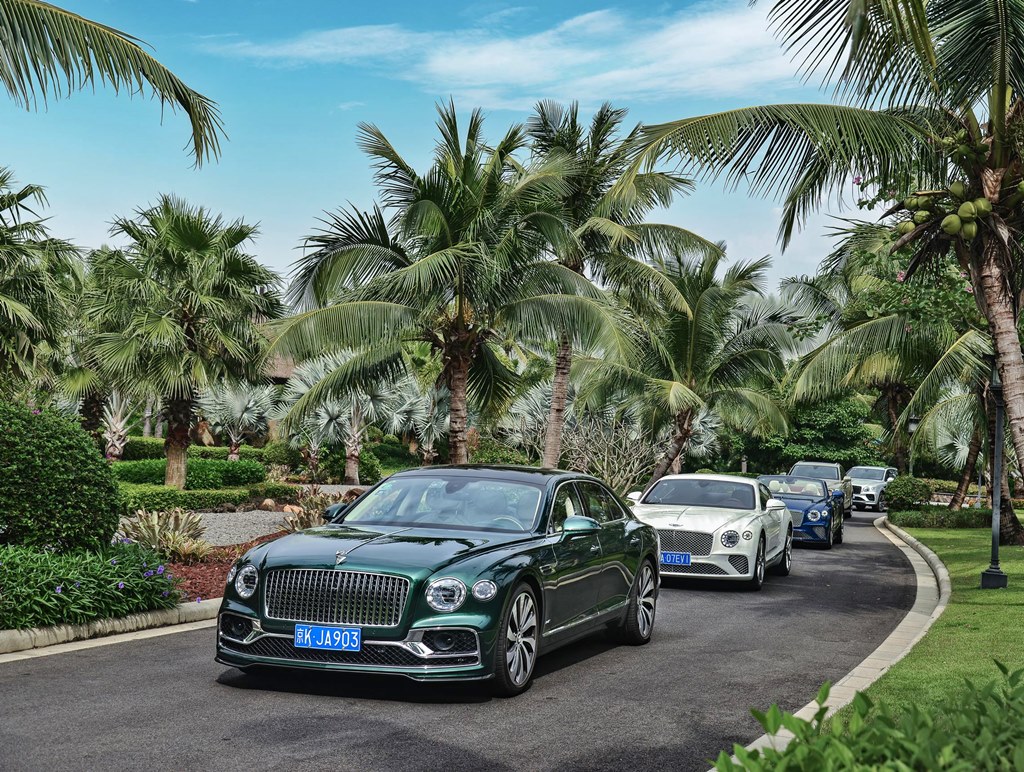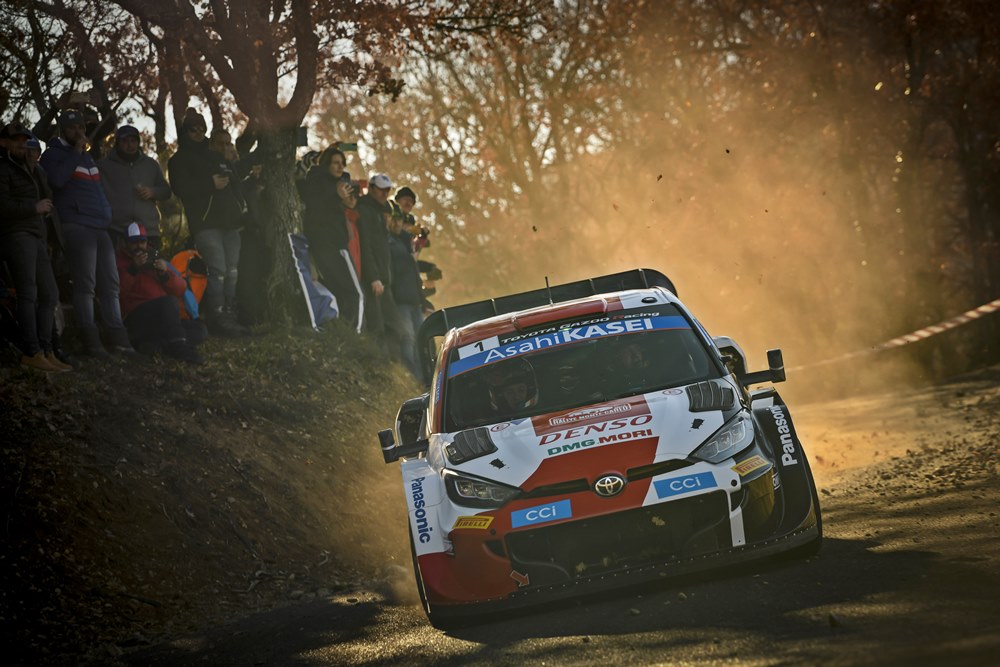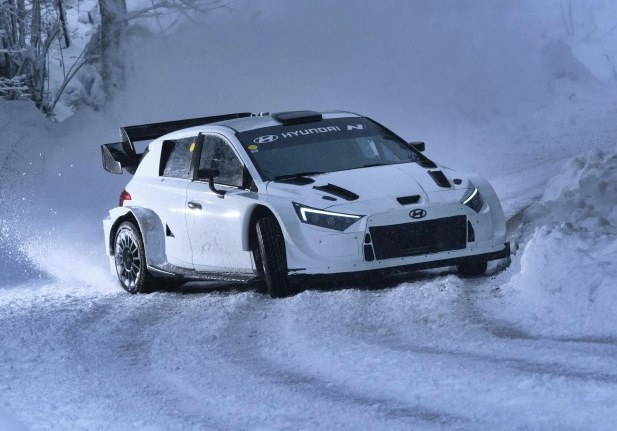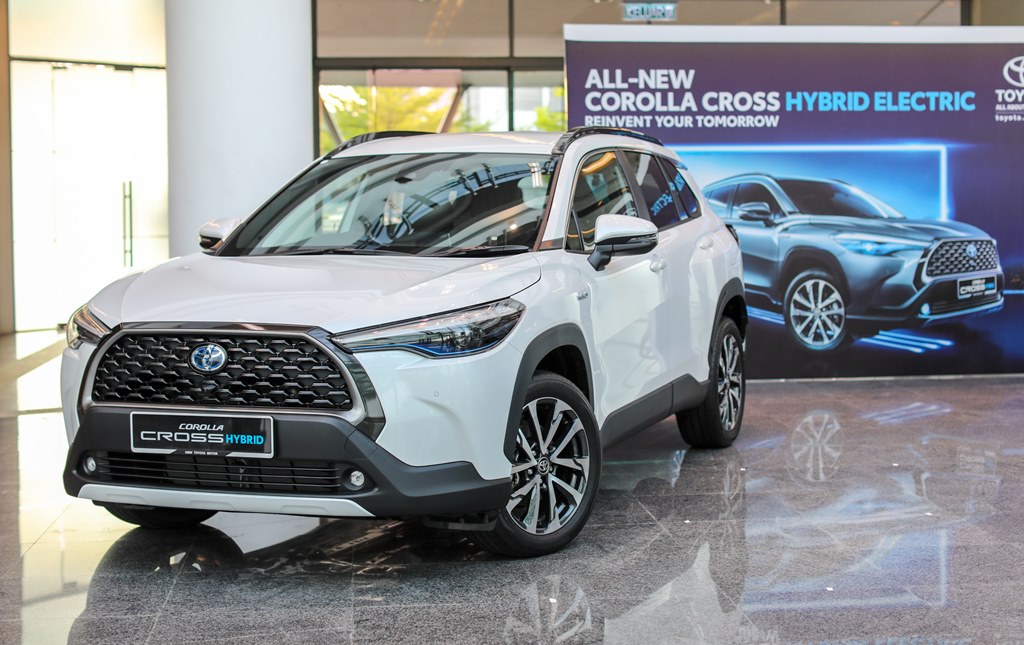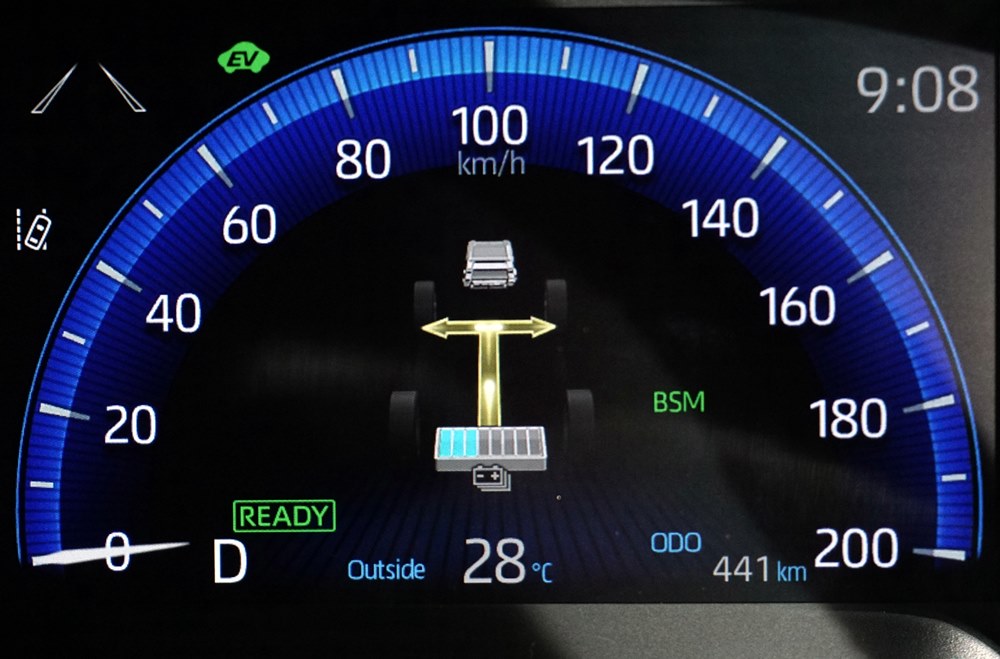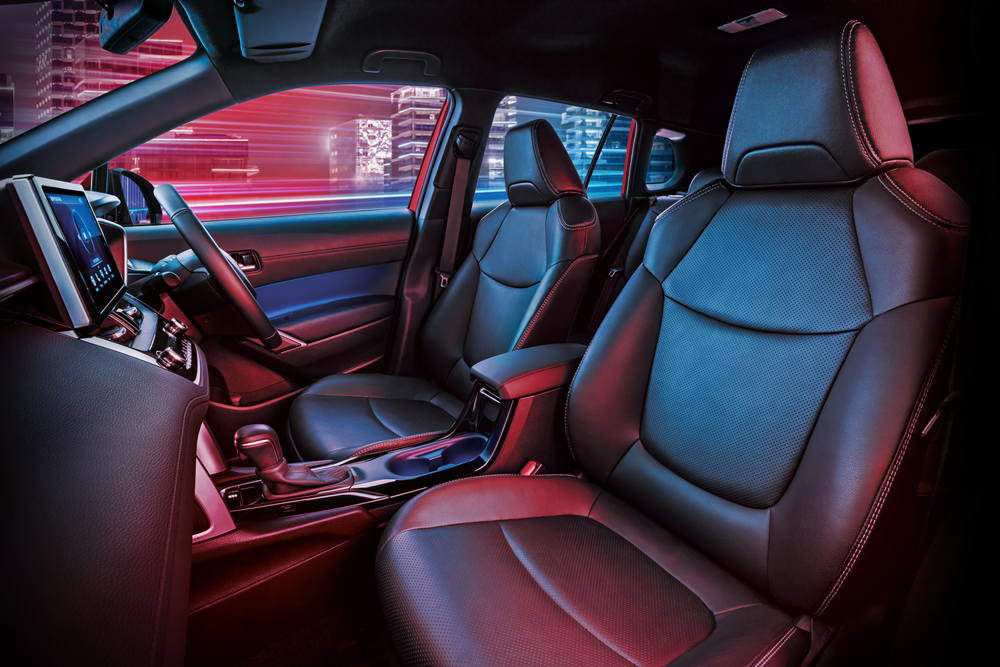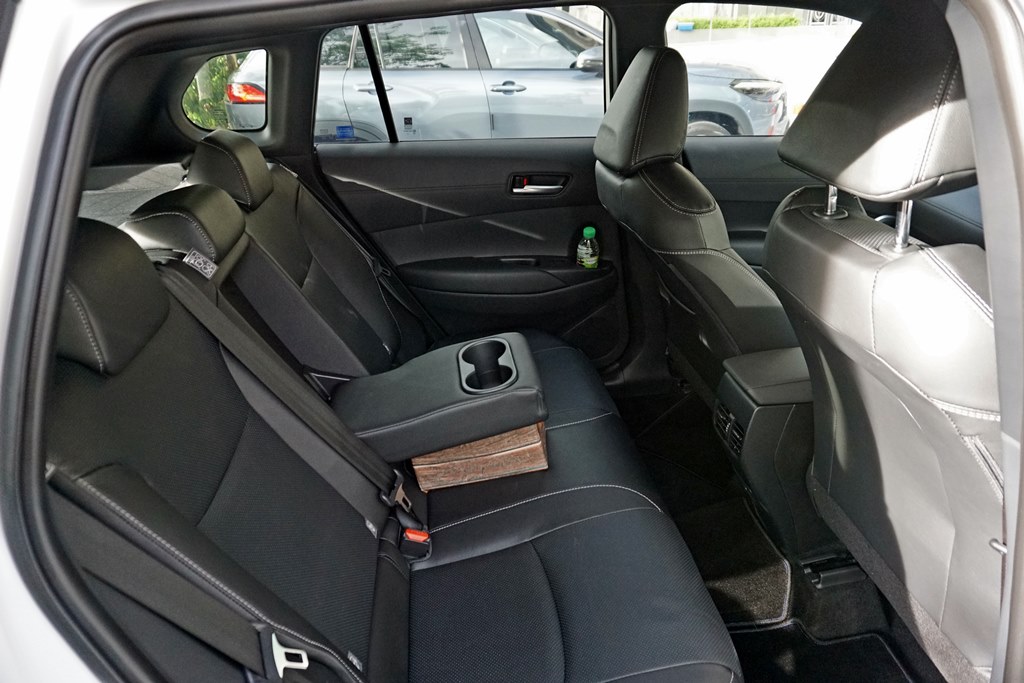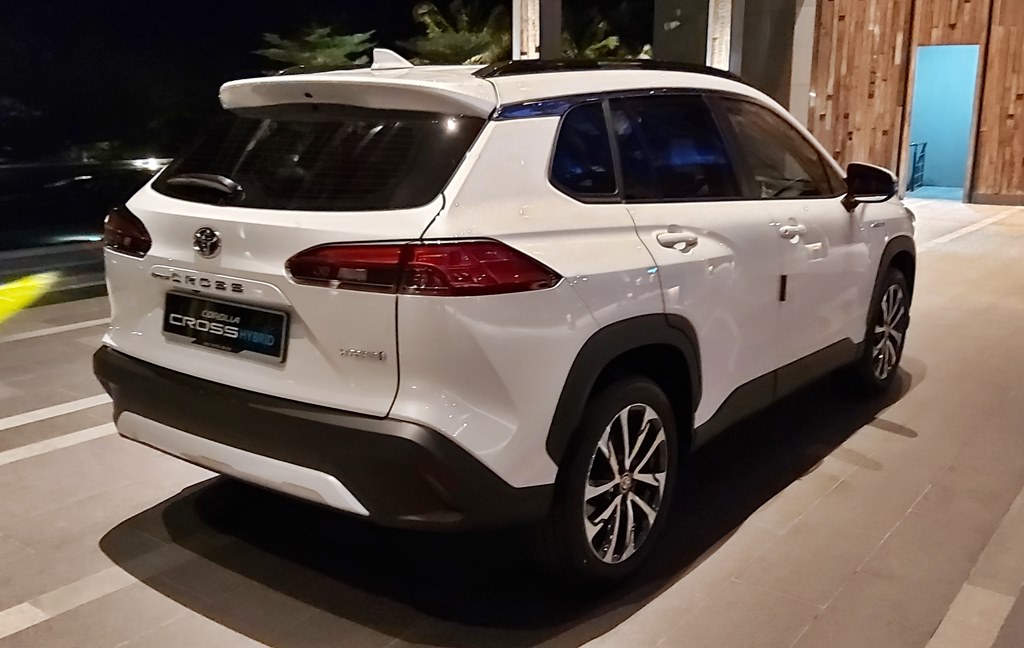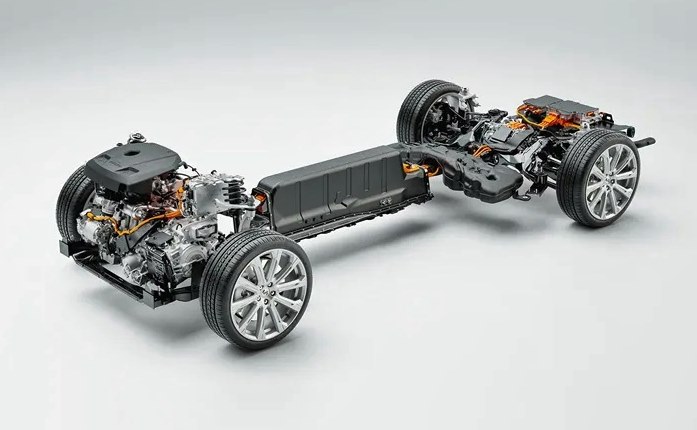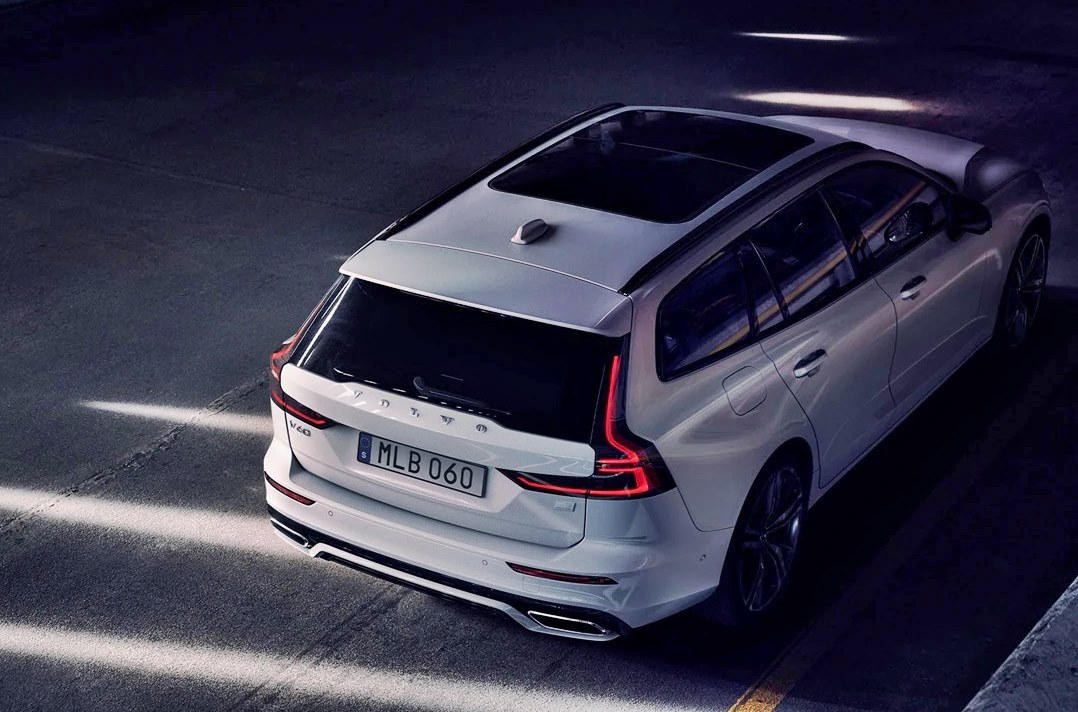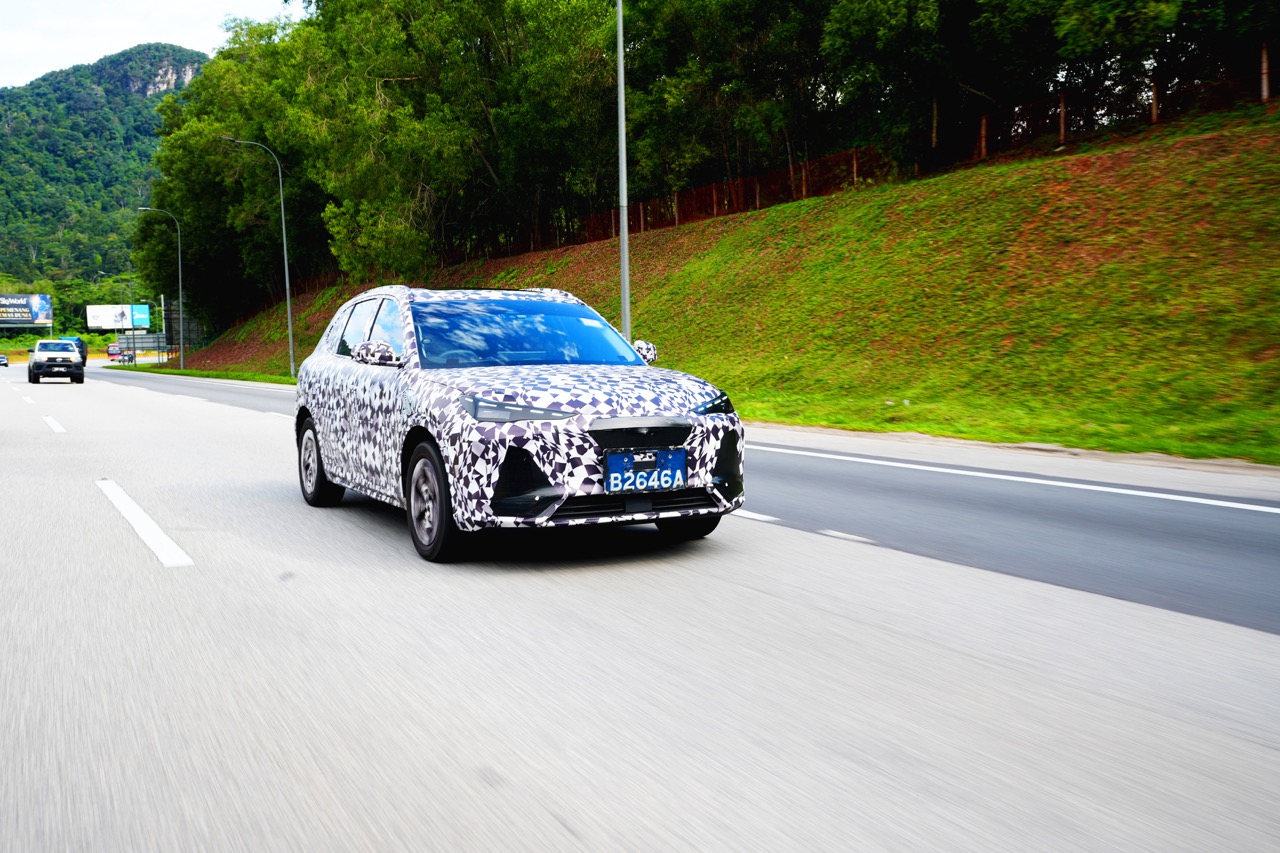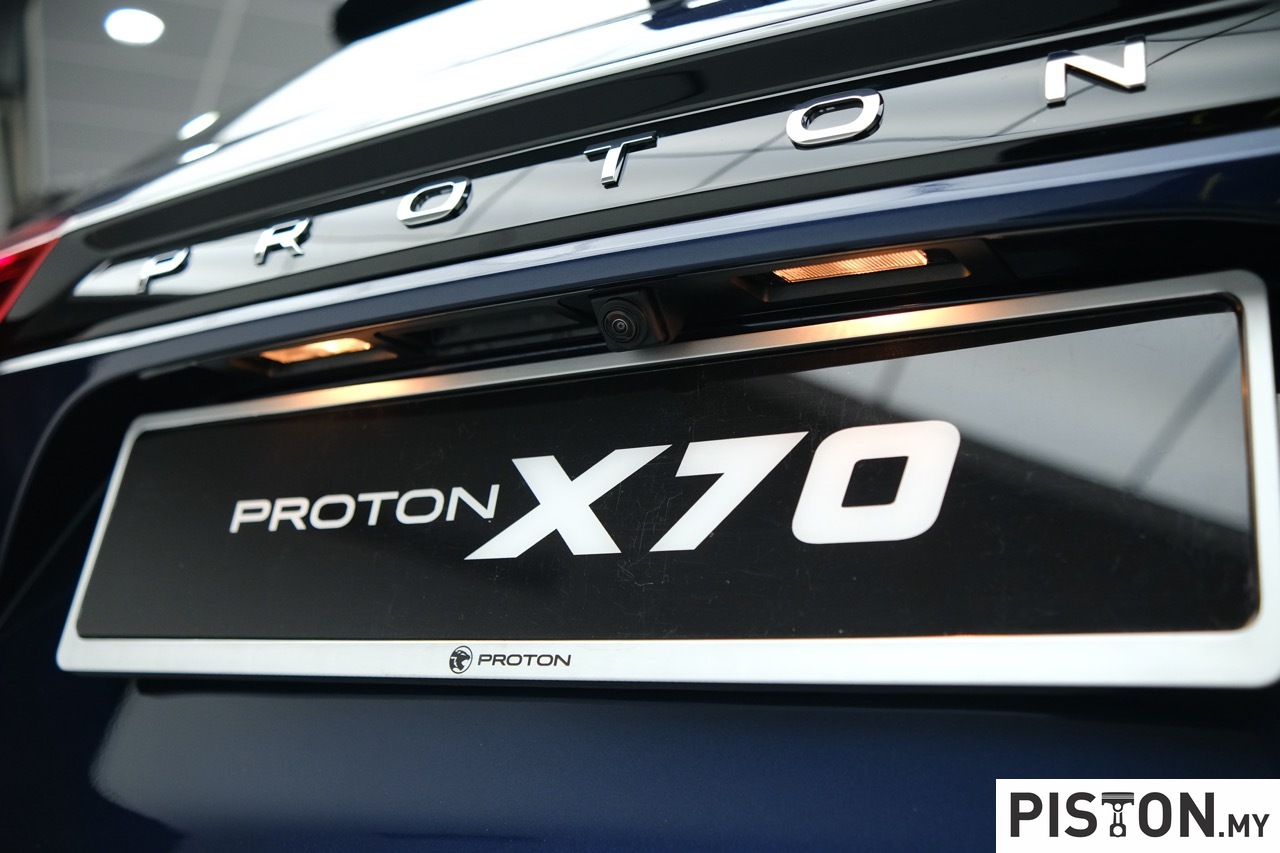Along with the new Mercedes-Maybach S-Class (Z223), Mercedes-Benz Malaysia is also bringing in the GLS 600 4MATIC SUV, the only other model in the ultra-exclusive sub-brand above the Mercedes-Benz S-Class. Like the Z223, the GLS 600 costs considerably more than the model from which it was adapted (from RM1.89 million before adding insurance) and as we wondered, why would someone pay so much more when it would be possible to personalize a Mercedes-Benz GLS with additional luxury fittings and probably spend less? Well, we’re not in that segment of customers who can afford such cars so it’s hard to understand but it may be that there are some who want exclusivity as well as the assurance of the product being made by the same manufacturer, and not an independent outside party.
Where the differences are
Unless the S-Class, the GLS 600 has a closer resemblance to the Mercedes-Benz version, even size-wise. It has Maybach-specific styling elements but, at a glance, it would be hard to see the difference although the extra chrome trim does offer a clue. Where the Mercedes-Benz GLS sports a large star between two horizontal louvres in the radiator grille, the Mercedes-Maybach grille has a fine, elegant line of vertical chrome. At the lower level are ‘oar-blades’ at each side, with a classy mesh grille over them.
Along the sides is another classy feature – aluminium retractable side steps. The GLS 600 isn’t the only one with it but it is nevertheless something that will impress since you don’t see it often. The 2.06-metre long custom-designed steps, with extra width towards the rear half, fold out from underneath when a door is opened (and the vehicle is also lower slightly). Closing the door will reverse the action and the steps fit flush against the underside so there is no loss of ground clearance. This feature is exclusive to the Mercedes-Benz Maybach version.
The 23-inch wheels were developed exclusively for this model and have the pinstripe theme of the brand. The tailpipe trim elements with a small cross rib emphasise the model’s identity as a Mercedes-Maybach. The same applies to the brand emblem, which is positioned at various points such as on the D-pillar.

First-class cabin
It’s on the inside that much of the reason for the higher price is evident. Needless to say, the character of the interior is reflected in the high-grade materials and the high level of craftsmanship. Where the Mercedes-Benz GLS has 3 rows for up to 7 persons, the Mercedes-Maybach version has only two rows and the back one is for just two persons. The seats look like they came from the first-class cabin of an airliner with power everything and a generous reclining angle.
Between the seats is a wide console and at its rear end is a lid which opens into a refrigerated compartment. The refrigerator is an option but for the Malaysian market, it comes as a standard fitment. It has a large volume but that also means that it sticks into the boot area and takes away a bit of space.
From their elevated seating position, thanks to electrically operated roller sunblinds on the two rear side windows, the passengers can decide for themselves how much of their surroundings they want to see. Overhead is an electrically opening panoramic sliding/tilting sunroof with an opaque roller blind which will certainly be needed with our burning sunshine.
While a SUV is often regarded as a more leisure-oriented vehicles, the GLS 600 can also be used as a mobile office for those who cannot (or don’t want to) disconnect from their business. There are multiple options with WLAN/Bluetooth to enable the occupants to stay connected to the rest of the world and folding tables and a 115/230 V socket can be installed. The MBUX Rear Tablet with a 7-inch screen acts as a control centre for all the comfort features and can also be removed and used as an Android tablet. The MBUX infotainment system with Rear Seat Entertainment System uses two 11.6-inch touchscreens and each screen can display the content selected by the individual user.
Better air quality and enhanced wellness
In this age of greater concern for air quality, the AIR-BALANCE helps to improve the quality with two particularly clever features. One is active fragrancing of the interior with technology that ensures the fragrance actually evaporates after system deactivation and air exchange so no perfume droplets stick to clothing or the occupants.
The AIR-BALANCE Package also has air ionisation using a high-voltage ioniser in the air duct. The ioniser generates negative ions and owing to the magnetic attraction, they form heavier agglomerations and fall to the floor. In this way, certain viruses, bacteria and spores can be deactivated while the air will be fresher.
The suspension is based on that of the Mercedes-Benz GLS with AIRMATIC air suspension and Adaptive Damping System Plus (ADS+). The E-ACTIVE BODY CONTROL suspension based on the 48V on-board electrical system, an innovation in suspension technology, is standard. A special Maybach drive program has been developed to provide class-leading ride comfort.
Hybrid powertrain with cylinder-cut
For power, the M177 engine is used and this is a new, electrified variant of the V8 petrol engine with a displacement of 3982 cc and has a 48V on-board electrical system with integrated starter-alternator (ISG). The ISG is responsible for hybrid functions such as EQ Boost or energy recovery, allowing fuel savings that were previously reserved for high-voltage hybrid technology.
The output of the bi-turbo engine is 558 ps/730 Nm, and can be boosted by 250 Nm/22 ps momentarily. For fuel-savings, the variable valve control system CAMTRONIC can shut down 4 cylinders when demands are low. The transition between on 4 and 8 cylinders is seamless an absorber reduces vibrations that come from running on less cylinders.
Mercedes-Benz has had lots of experience in all-wheel drive, not only when it developed its first SUV in 1997 but even before that with the G-Wagen. For the GLS 600, the power flows through a 9G-TRONIC automatic transmission to a transfer case that can vary torque from 0 – 100% between the front and rear axles.
Sophisticated PRE-SAFE systems
The tallness of a SUV has always been a challenge for engineers as there is a higher risk of roll-over. The PRE-SAFE system has active systems that can lower this risk significantly, but accidents can still happen. This is where the additional airbags installed in the rear seats help to give better protection to the passengers while Impulse Side, which is part of the Driving Assistance package Plus, uses the close-range radar sensors to detect an impending side-on collision and can prompt the driver or front passenger to move further away from the danger zone.
An interesting feature is the use of hearing, an area that often gets forgotten. If a probable impact is detected, the PRE-SAFE Sound system transmits a noise signal through the sound system of the vehicle which can trigger a reflex. It causes the stapedius muscle in the inner ear to contract and thus muffles the noise level of a major collision. This small action could help reduce the disorientation caused to the passenger by the impact and enable him or her to get out quickly.
Mercedes-Maybach creates limited edition to celebrate 100th anniversary of Maybach W3





